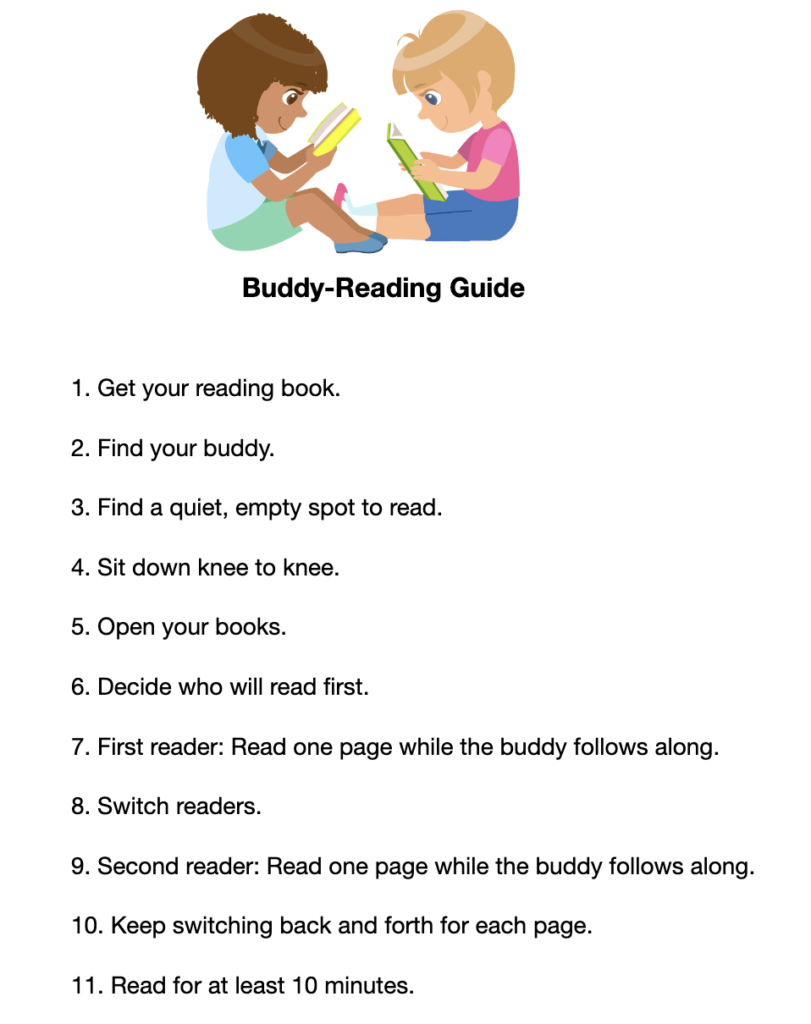When hiring people responsible for answering the phones at IDE Corp., we tell them to “answer on the first ring” to show respect to the caller (that’s a norm); and we tell them to answer “Good [morning/afternoon], IDE Corp., ____________ speaking” (that’s a protocol).
In educational terms:
Norms are rules of engagement — expectations for working as part of a community of learners. Protocols are procedures for engaging in specific activities.
Norms would be:
- – actively listen when someone is speaking
- – cameras on in virtual settings
- – come to class prepared with the necessary materials
- – respect one another’s opinions
- – say please and thank you
Norms can be developed (preferably) by the class during a Priming Plan at the beginning of the year. While they may sound like class rules, they actually focus more on what it means to engage as a community of learners, whereas rules typically serve to maintain teachers’ sanity. 😉
Protocols would be used for:
- – buddy reading
- – peer editing
- – the sift phase of the design process
- – the ideate phase of the design process (or any brainstorming)
- – collaborative decision making
- – small-group, student-led discussion
Protocols are typically developed by teachers to provide guidance in specific situations, though students may recommend and design protocols as well.
So, while norms are in place to guide students at all times, protocols are used by students when engaged in particular activities, especially those that involve other people. Both norms and protocols position students to take charge of their own learning and of their own words and actions so they can thrive as part of a community of learners.

Norms
Norms can be categorized to suit your needs. You might arrange by type of social participation (whole-class, small-group, independent work) or by type of engagement (participation, decision making, mutual aid, affective expression).
Examples of Norms:
Protocols
Consider the various activities in which students engage with peers or teachers and develop a set of expectations. Here is an example for engaging in a group discussion. Even young learners can follow protocols:

Use norms and protocols to help students play a significant role in their own learning, thus building student agency.
